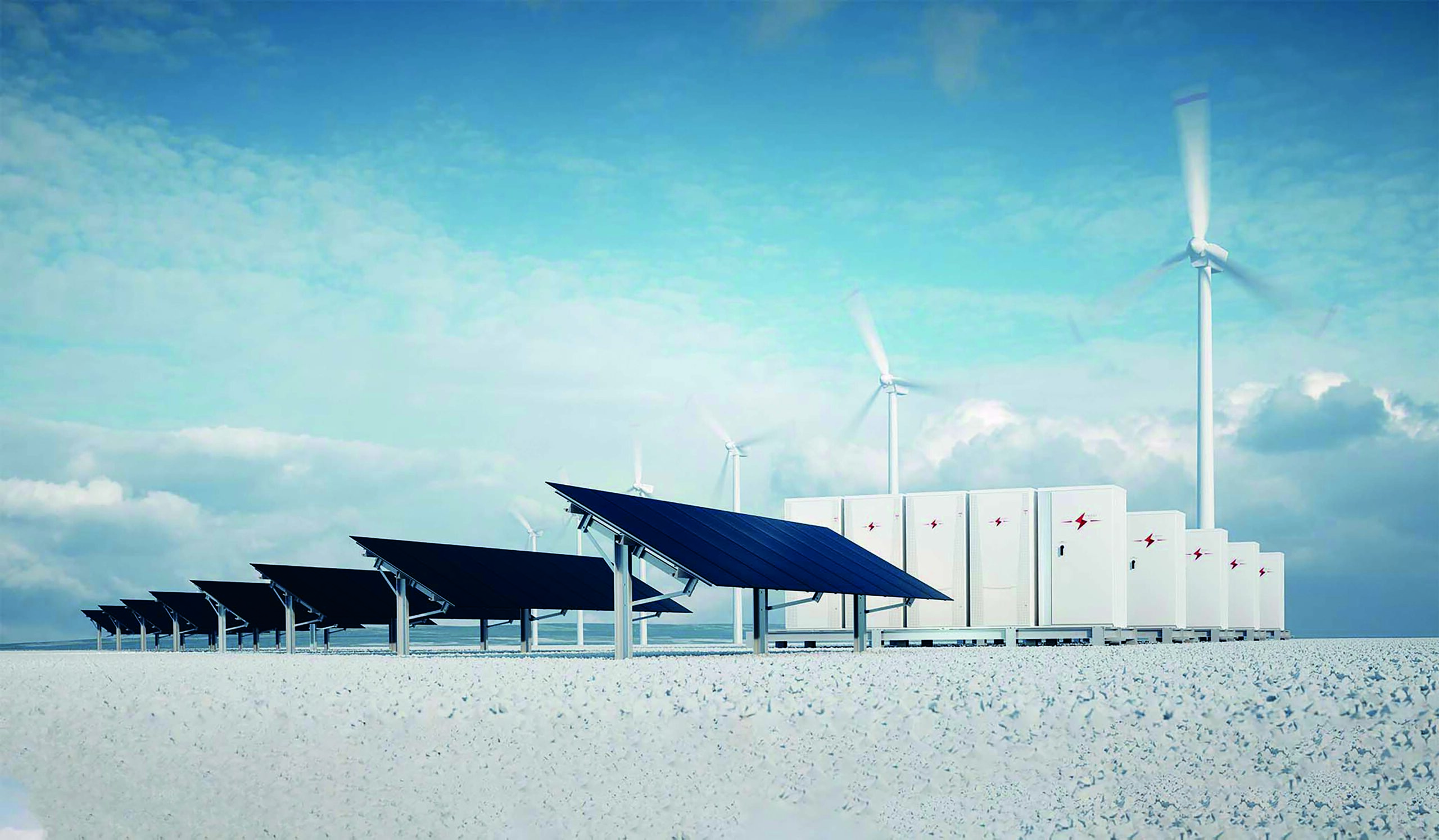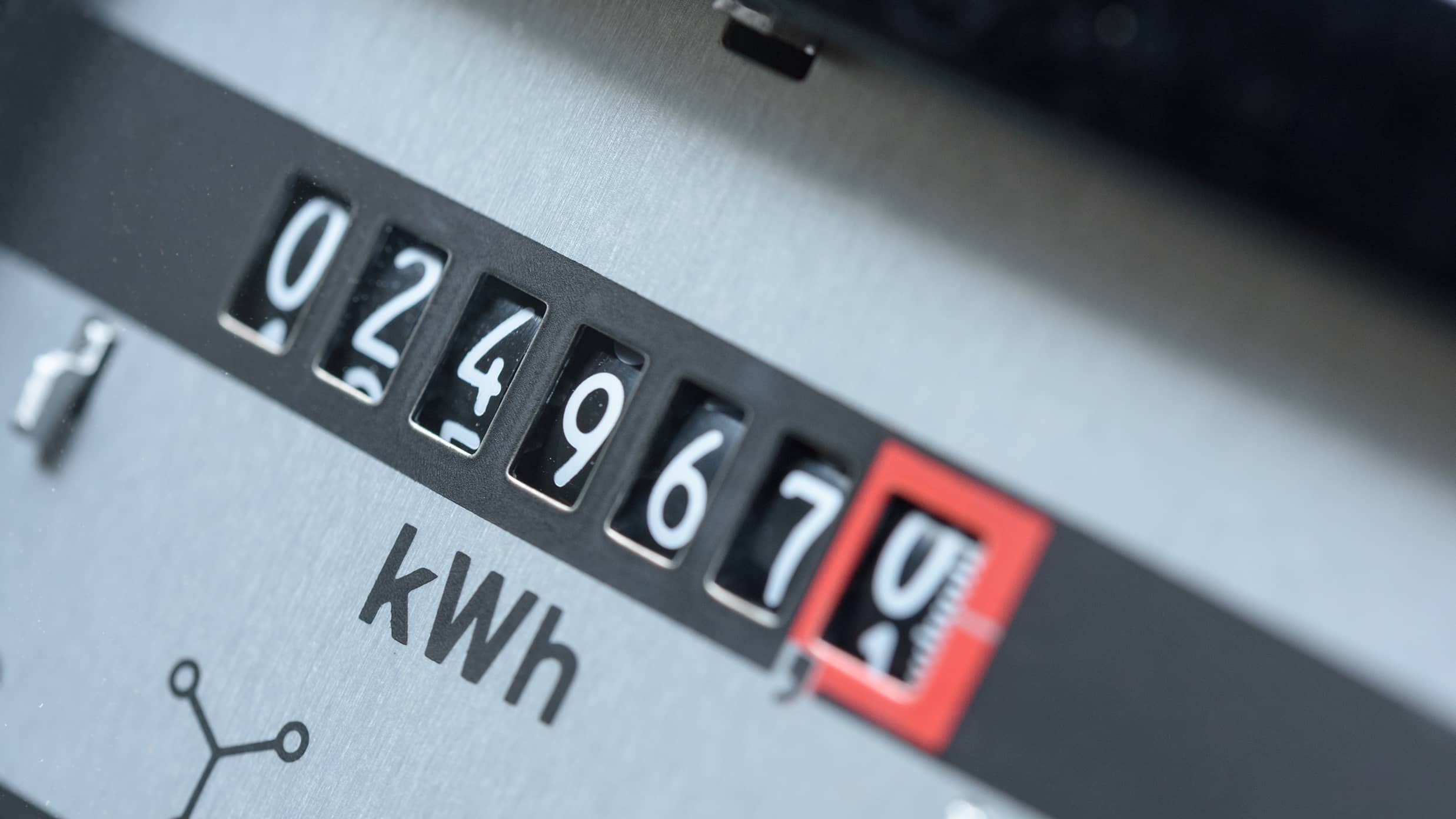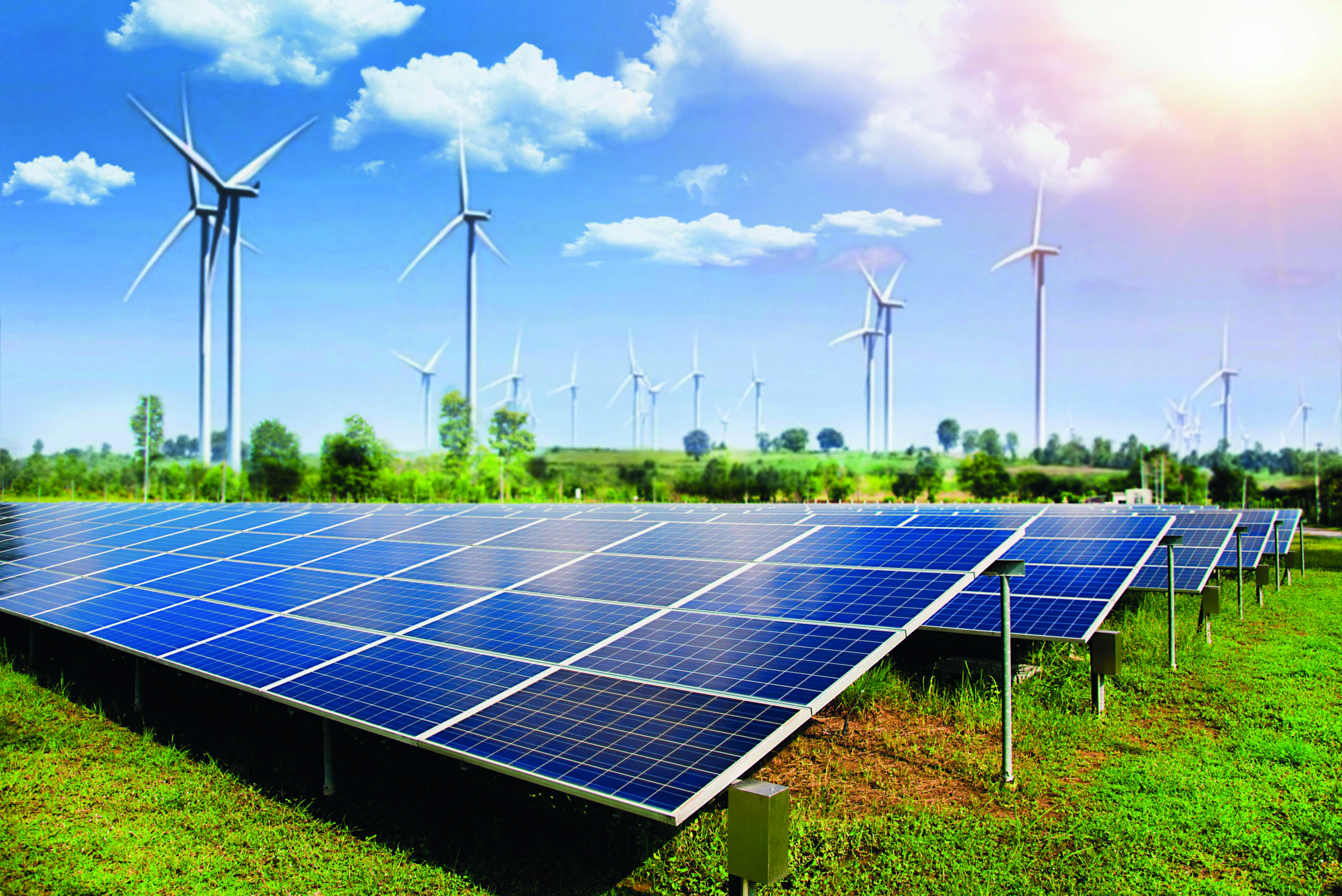Energy management system
In order to use your energy as efficiently as possible, battery storage should be equipped with a suitable energy management system. This combines different use cases and enables you to create your energy of the future.
Get the most out of your systems
Measure and control
The energy management system controls your energy just as you control your company.
Act
We advise you on further optimization.
Plan
We advise you on the right use cases.
The energy system is changing.
Check
The energy management system prepares the data in a report.
Do
The measurement and control technology automatically makes (the correct) decisions about the energy flows.
The sequence of the PDCA cycle repeats itself so that you get the most out of your energy at all times.
One for all and all for one
The different use cases can be combined with each other and should be adjusted regularly to get the most out of your energy at all times.
Our answers to your questions
Contact now

STEPHAN HAMBERGER
Project enigneer
Battery storage systems
+49 8374 24124-68
Read more












